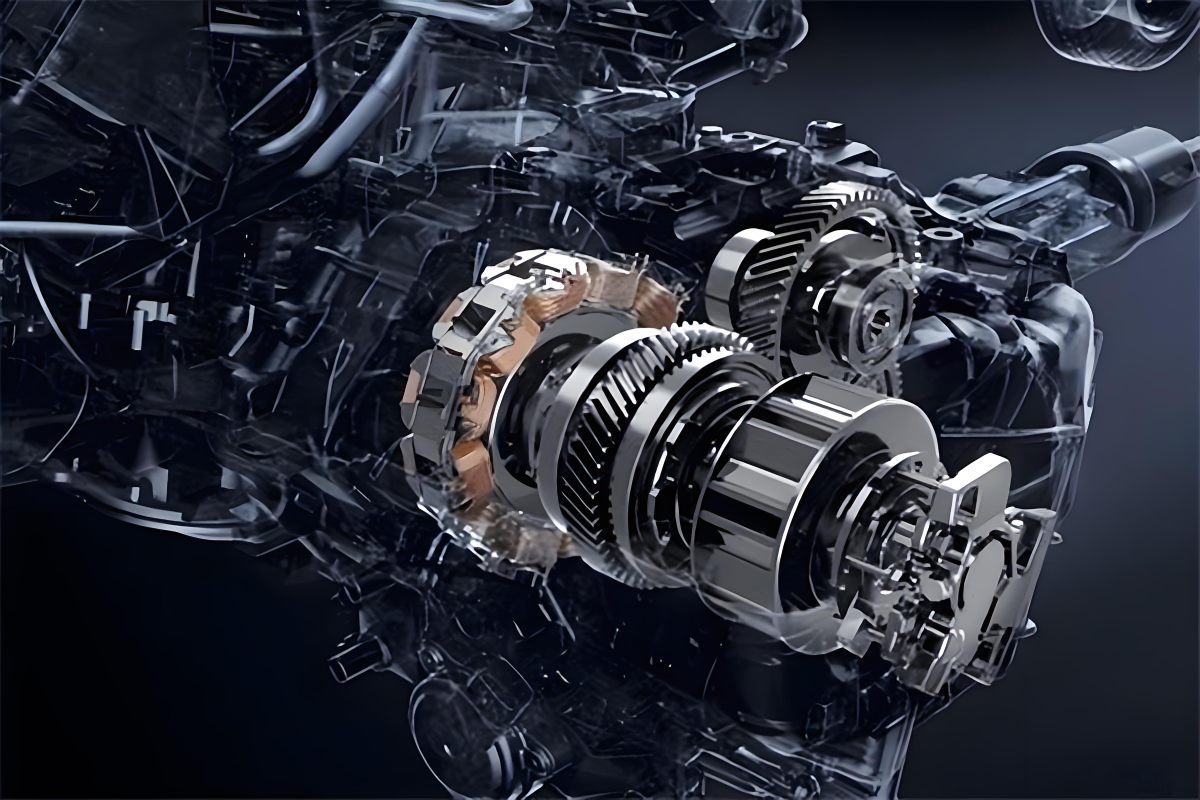1. Customer needs
When developing new electric vehicles, electric vehicle manufacturers have strict requirements for the permanent magnet components of the drive motor to ensure the high performance and reliable operation of the vehicle. The drive motor needs to provide high torque output for electric vehicles with limited volume and weight so that the vehicle can respond quickly during startup and acceleration. The electric vehicle drive motor generates a lot of heat during operation, especially when running for a long time under high load (such as climbing and high-speed driving). The permanent magnet component needs to maintain stable magnetic properties at a higher operating temperature (the normal operating temperature of the motor is expected to reach 150°C). The permanent magnet component needs to have excellent durability and anti-aging ability, and no obvious performance degradation or damage should occur, ensuring the stable performance of the motor throughout the service life.
2. Solution customization
We selected high-performance sintered NdFeB permanent magnet materials and optimized their formula. By adding specific trace elements and improving the manufacturing process, the magnetic energy product and coercive force of the permanent magnet material are improved, so that a stronger magnetic field can be generated at the same volume to meet the high torque output requirements of the drive motor. A special permanent magnet component structure is designed to meet the heat dissipation requirements of the motor. The permanent magnet is designed into a shape with good thermal conductivity, and an efficient heat conduction channel is set between the permanent magnet component and the motor stator. At the same time, a special heat dissipation coating is used on the surface of the permanent magnet to enhance its heat dissipation capacity, ensure that the heat can be dissipated in time under high temperature environment, and maintain the thermal stability of the permanent magnet component.
3. Production
Advanced powder metallurgy process is used to prepare high-performance sintered NdFeB permanent magnet materials. During the preparation process, the purity and particle size of the raw materials are strictly controlled to ensure that the proportion of elements such as neodymium, iron, and boron is accurate. By optimizing the process parameters such as sintering temperature, time and pressure, the permanent magnet material forms a uniform and dense microstructure, thereby obtaining excellent magnetic properties.
Throughout the production process, a complete quality control system has been established. Professional quality inspection personnel and advanced testing equipment are equipped in various links such as powder metallurgy, processing, and assembly. For example, during the sintering process, the temperature and pressure changes are monitored in real time; during the processing, the dimensions of the permanent magnets are detected online using a three-coordinate measuring instrument;
4. Quality control
Permanent magnet components are tested for magnetic properties, including magnetic field strength, magnetic energy product, coercive force and other indicators, to ensure that they can meet the design requirements under normal operating temperature and different load conditions. Only products that pass all test items will be delivered to customers.
5. Customer feedback
Customers are very satisfied with the application effect of permanent magnet components in drive motors. In the actual vehicle installation test, electric vehicles equipped with new drive motors showed excellent performance. The start-up and acceleration are fast and powerful, and stable power output can be provided under various road conditions. Under high-load conditions such as long-term high-speed driving or climbing, the temperature of the drive motor is well controlled, the magnetic properties of the permanent magnet components are stable, and no demagnetization occurs. The range and overall performance of electric vehicles have reached the expected goals, providing strong support for the market competitiveness of the products.



